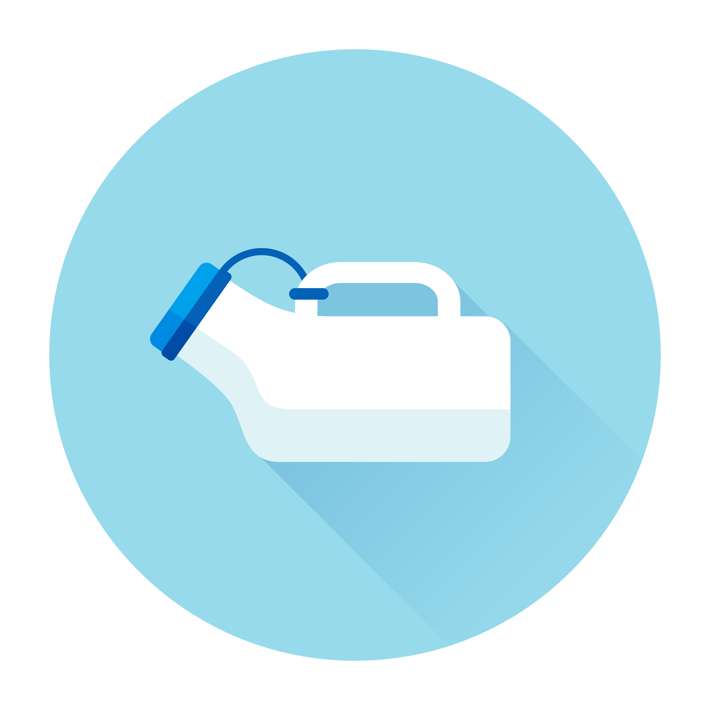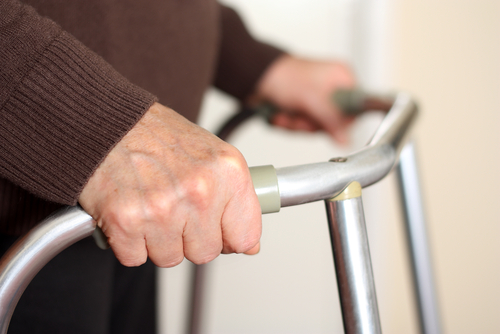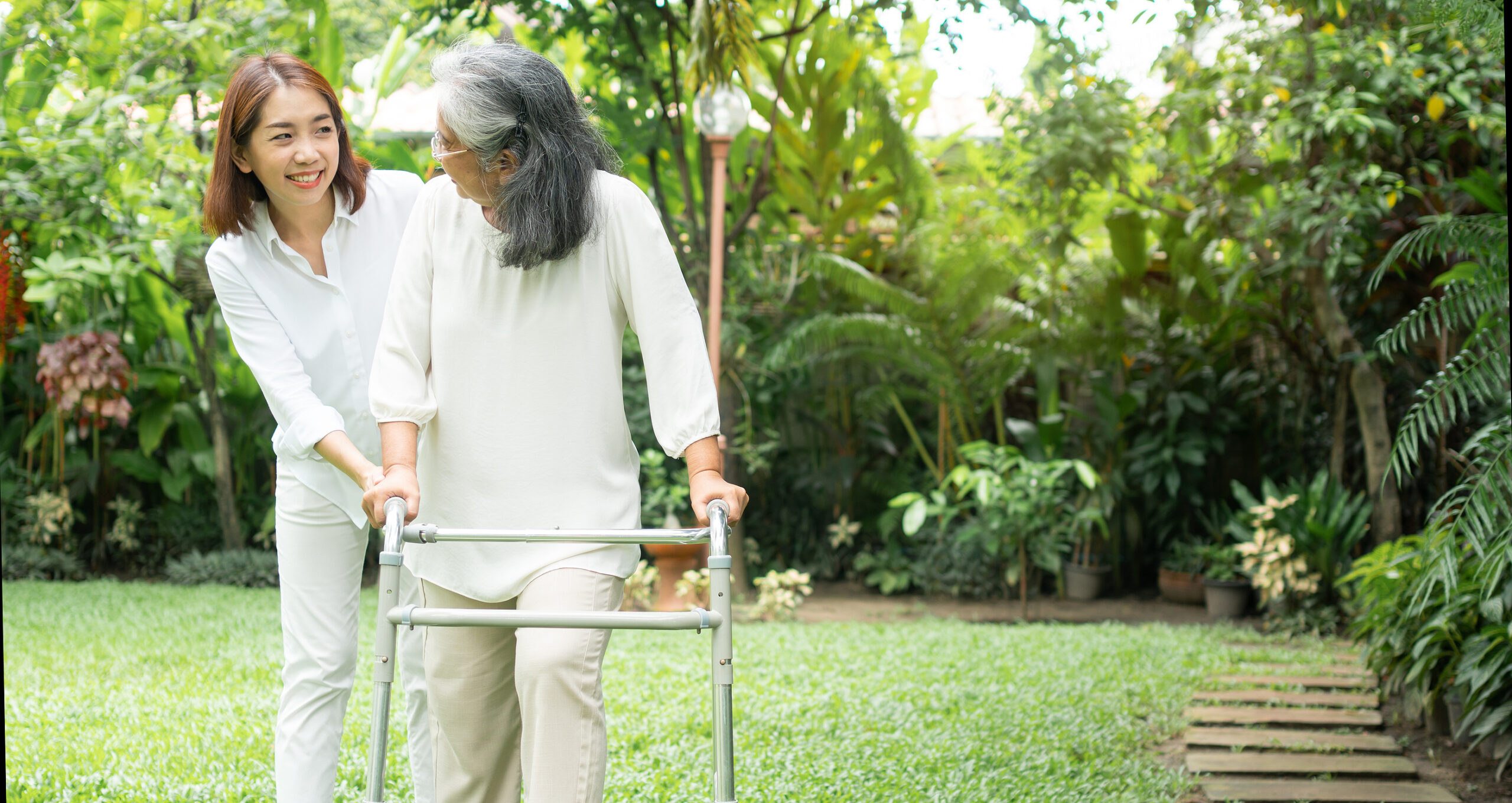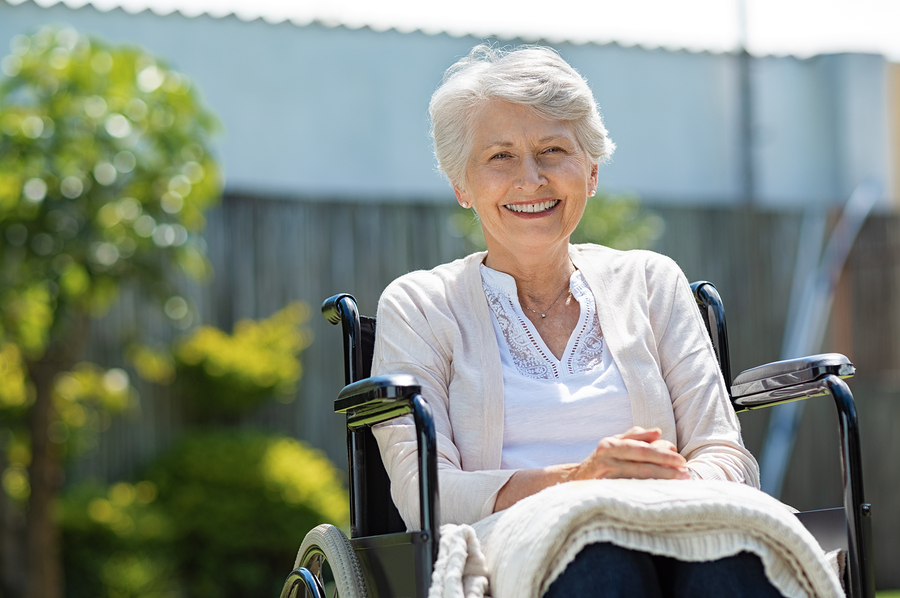How to Use a Bedpan
Category:

Toileting is a task we all want to be able to manage on our own, but what if we have an illness that prohibits us from doing so? Is your loved one confined to bed after surgery, an accident, or a fall? When someone is incapacitated and cannot get out of bed assistance with toileting becomes a necessity.
“You’ll have to use the bedpan” is a phrase no one wants to hear. Let’s look at some basic information about how to use a bedpan in bed, proper bedpan placement, and some other bedpan tips and tricks that will make the process easier for both the patient and the caregiver.
When a person must depend on someone else for something as personal as toileting the most important thing to remember is to do everything possible to help the patient maintain his dignity.
Explaining what you’re doing and how you will do it prepares the patient for each step of the process. Keeping the patient covered as much as possible is a priority to allow for modesty. If the patient can perform any part of the procedure independently, try to step aside and offer help only if needed.
How does a bedpan work?
A bedpan is used to collect urine or feces while a person is in bed. It may be an awkward procedure at first, both for the patient and the family caregiver. Once you both get comfortable with how to position a bedpan comfortably, the process will go much smoother.
How to position a bedpan and prepare the patient:
- Remember to explain all steps to the patient beforehand and assure the patient that you are there to assist.
- After washing your hands, put on a pair of disposable gloves and you’re ready to begin.
- If you have access to body powder, rub the rim of the bedpan with a thin coating to make sliding it under the patient easier.
- Fill the bottom of the bedpan with just enough water to cover the bottom. This step will make emptying and clean-up easier.
- Assist the patient with removing clothing from the bottom half of the body.
- Cover the patient’s legs with a sheet or a blanket.
Download Our Sandwich Generation Guide
How do you use a bedpan and what is the proper bedpan placement?
- Instruct the patient to lie on their back with knees bent and feet flat on the mattress.
- Place the prepared bedpan as close to the patient as possible next to the hip, with the curved edge of the bedpan facing the back.
- If the patient can lift their hips, slide the bedpan under the buttocks and gently instruct the patient to ease their buttocks down onto the bedpan.
- If the patient can’t raise their hips, gently roll the patient onto their side, using caution to assure you don’t roll too far.
- Place the bedpan against the hips and roll the patient onto the bedpan and back toward you.
- If you are working from a hospital bed, raise the head of the bed so the patient is in a semi-upright position. If the patient is not in a hospital bed, place pillows under the back and shoulders to raise the patient up as much as possible.
- Once the position is secured, give the patient toilet tissue if they are able to use it. Step away to allow for privacy.
- Help the patient with clean-up if necessary. Be sure to provide hand wipes and hand sanitizer for the patient after using the bedpan.
- Remove the bedpan and help the patient back into a comfortable position.
- Remember to use safety precautions when rolling from side to side if there are no side rails.
You and your loved one will get the hang of it in no time. The first time is the hardest!
Subscribe
Date: June 9, 2022
Category:


